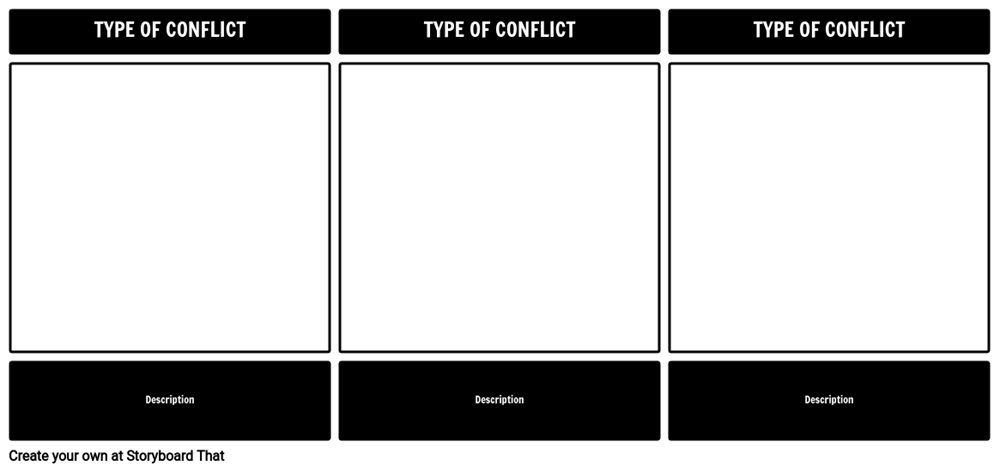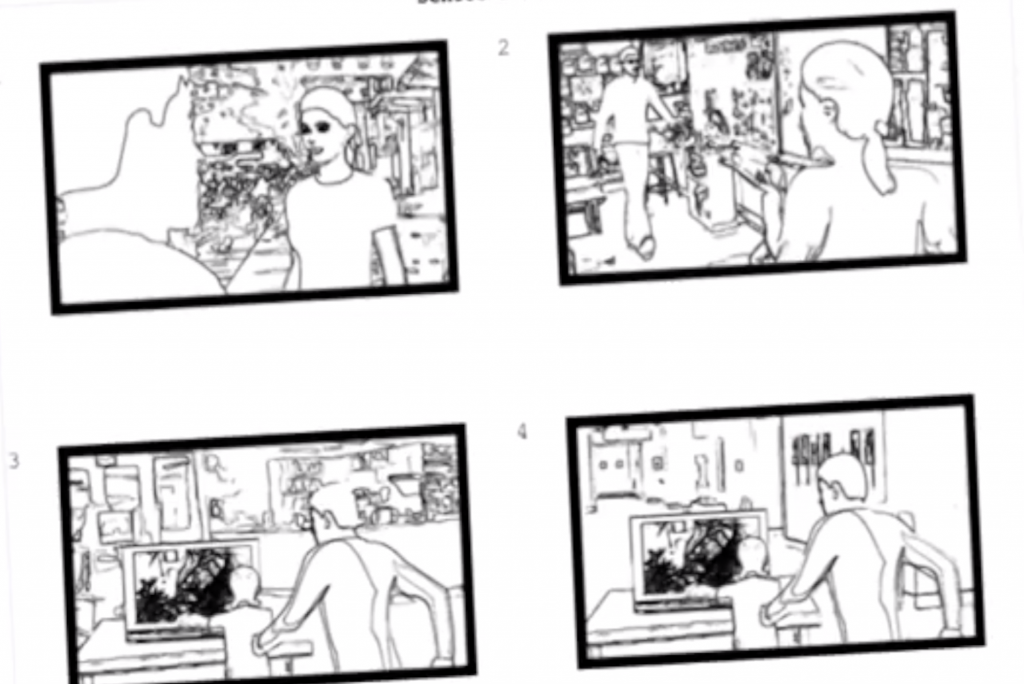
The problem is compounded when authors want to integrate community media assets: media fragments donated from a potentially wide and anonymous recording community. These conditions limit the options open to casual authors and to viewers of rich multimedia content in creating and receiving focused, highly personal media presentations. For personal content, nearly none of these conditions exist: content is a collection of assets that are structured only by linear recording time, of mediocre technical quality (on an absolute scale), and with only basic automatic annotations. Content assets are well structured, content fragments are professionally produced with high quality, and production assets are often highly annotated (within the scope of the production model).
Storyboard quick 6.0.4 professional#
For professional content, extensive production support is typically available during creation.

This is true for both professional and personal content. CĬreating compelling multimedia productions is a non-trivial problem. For each category, we present a summary of existing work, highlight the technical aspects of each solution, and compare them against each other. We review more than 40 different video browsing and retrieval interfaces and classify them into three groups: applications that use video-player-like interaction, video retrieval applications, and browsing solutions based on video surrogates. As a result, there are many contemporary research efforts toward developing better video browsing solutions, which we summarize. The ever-growing amount of video content available for human consumption and the inherent characteristics of video data-which, if presented in its raw format, is rather unwieldy and costly-have become driving forces for the development of more effective solutions to present video contents and allow rich user interaction. There has been a significant increase in activity (e.g., storage, retrieval, and sharing) employing video data in the past decade, both for personal and professional use. We present a comprehensive review of the state of the art in video browsing and retrieval systems, with special emphasis on interfaces and applications.


The results show that our history interface can be an effective part of video players and browsers.
Storyboard quick 6.0.4 full#
The full video navigation interface received an 82% average QUIS rating. The user study tasked participants with viewing a pre-defined history of a subset of the video and answering questions about the video content: 83.9% of questions (average) were answered correctly using the personal navigation history, while 65.5% were answered using the state-of-art method they took significantly less time to answer a question using our method. Our novel history interface lets users find previously viewed intervals more quickly and provides a more enjoyable video navigation experience, as demonstrated by the study we performed. We describe a new video interface based on a recorded personal navigation history which provides simple mechanisms to quickly find and watch previously viewed intervals, highlight segments of video the user found interesting and support other video tasks such as crowd-sourced video popularity measures and consumer-level video editing.


 0 kommentar(er)
0 kommentar(er)
